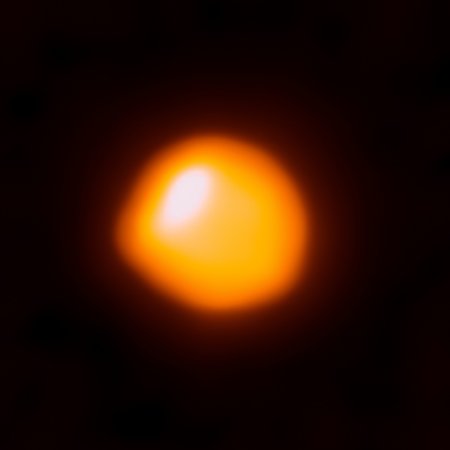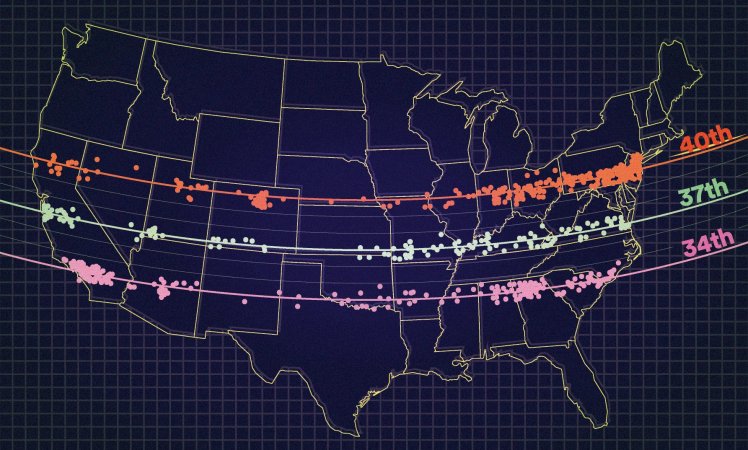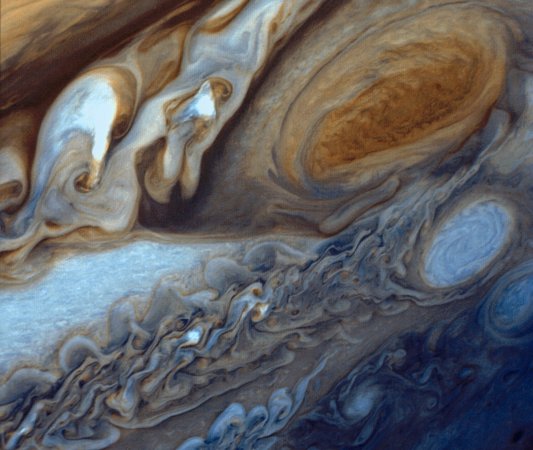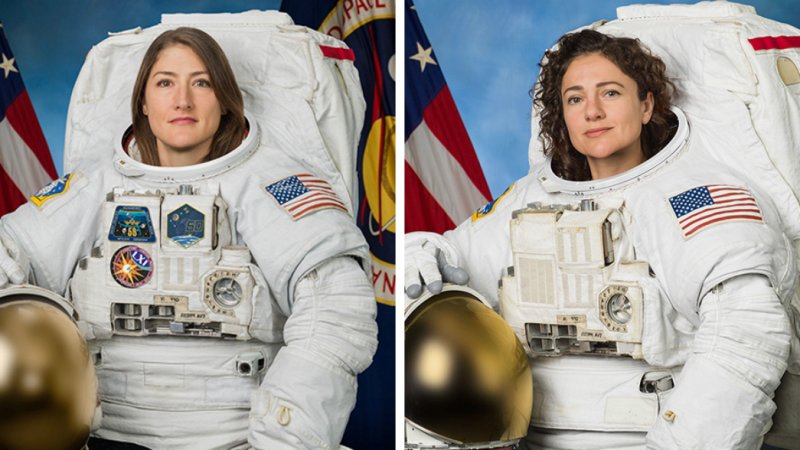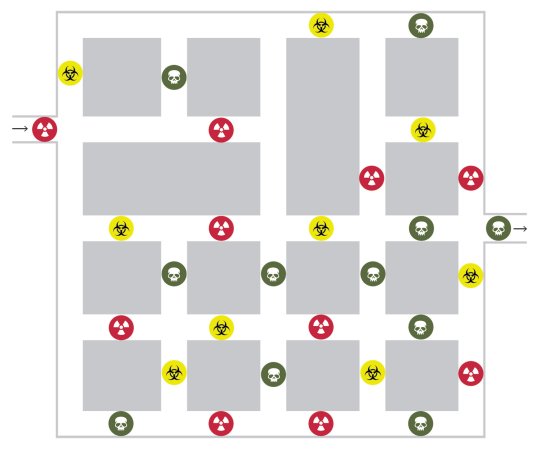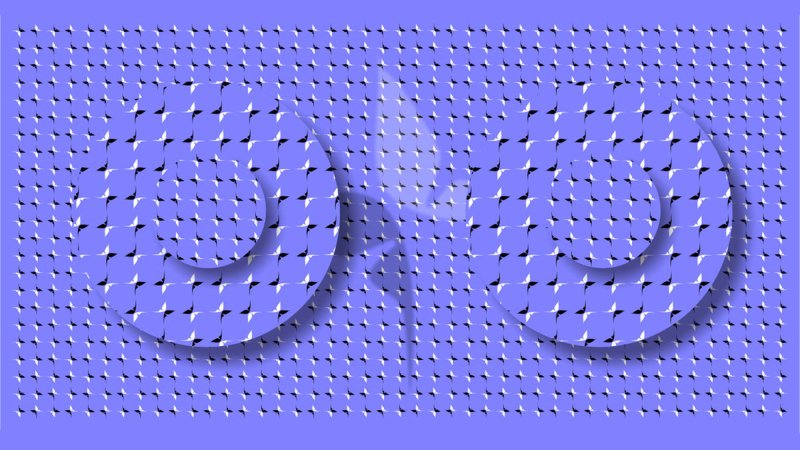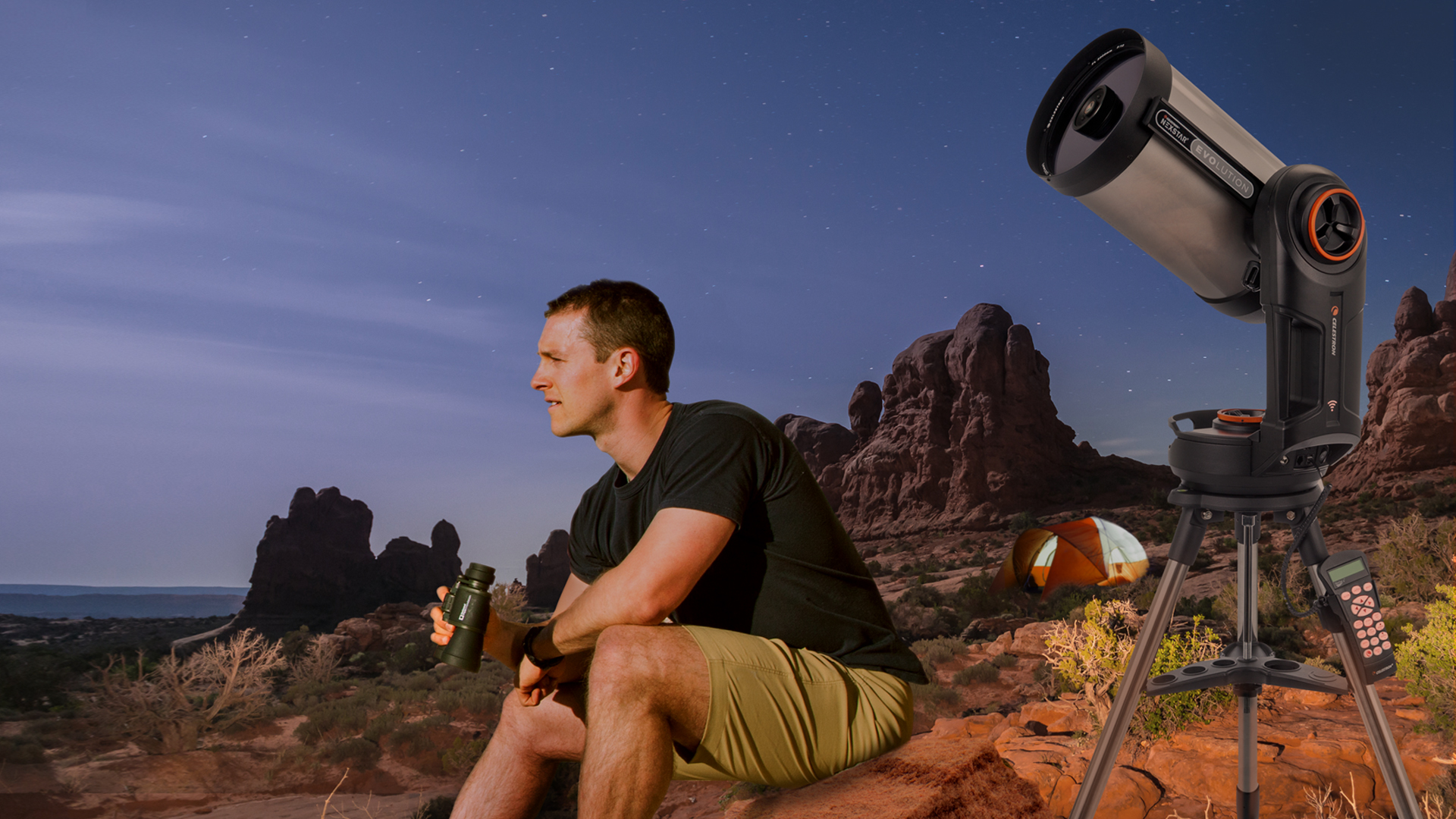

When astronomer Charles Messier was chasing comets with his telescope in the late 1700s, he kept bumping into nebulae, galaxies, and star clusters that confounded the hunt—so he started keeping a list of them. While spotting these types of celestial objects was a distracting annoyance for the comet hunter, today it’s a delight for amateur and professional astronomers alike, who still refer to many of these astronomical objects by the designations given to them in the Messier catalog.
Fortunately, you don’t need a big telescope to find these celestial objects—the eerily beautiful galaxies, mysterious nebulae, and brilliant star clusters that Messier, and other astronomers, made note of. Pack up your binoculars, or a telescope such as the Celestron Popular Science Travel Scope 70, seek out a patch of dark sky, and take your hunt of the heavens to the next level spotting these celestial wonders.

1. Albireo
To the naked eye, Albireo looks like a single star, but high-powered binoculars or a small telescope, such as the Celestron Popular Science StarSense Explorer DX 100AZ, will reveal that it’s a colorful pair. The side-by-side yellow and blue stars sit embedded in the Cygnus constellation, which reassembles a swan and is the 16th largest constellation in the night sky. Look for Cygnus’s distinctive cross shape and then move from the brightest star in the constellation, Deneb, down to the “beak” of the swan. That’s the double-star Albireo.
2. Owl Cluster
Cassiopeia, with its W-shaped alignment of stars, is one of the most recognizable constellations in the night sky—and hiding within it is a star cluster known as the Owl Cluster. With a little imagination the cluster resembles (you guessed it) an owl, or even the famous fictional alien E.T. Beginning at the second star from the bottom of the constellation, scan right with a pair of binoculars to find the bright owl-eyes (which appear tipped to the side). Or use a powerful telescope, such as the NexStar Evolution 8 Telescope, to appreciate the full beauty of this rich cluster of stars 7,000 light years away.

3. Wild Duck Cluster (Messier 11)
The 11th item on Messier’s list was an open star cluster, a term that describes a group of stars loosely bound by gravity. This V-shaped cluster, with around 2,900 young stars, is one of the most densely populated open star clusters—which is perhaps why when viewed with a telescope, it resembles a globular cluster. (Globular clusters appear as spherical shapes with a high concentration of stars in the center). The Wild Duck Cluster is found in the constellation Scutum, near the Milky Way star cloud known as the Scutum Cloud.
4. Double Cluster
Although bright enough to be seen by the naked eye, these two open clusters sitting side by side in the constellation of Perseus and similar in size, age, and magnitude, are more easily found by a pair of binoculars, showing up as a smudge in a dark sky. Track downward toward Perseus from the bottom of the W in Cassiopeia to find the clusters. They are a stunning sight through a small telescope, such as the Limited Edition NexStar Evolution 8 HD Telescope, sparkling with stars and including several supergiant suns.
5. Ring Nebula (Messier 57)
Through a small telescope, the Ring Nebula appears as a small gray ball or doughnut. Stronger magnification, however, will show that the outer edge of the ring looks denser than the center, giving the nebula its noteworthy “smoke ring” appearance. This planetary nebula consists of gas released from a dying star and is found in the constellation Lyra between the bottom two stars of the constellation’s harp shape. Pro tip: Using averted vision will help you see the nebula, as looking straight on makes the faint light vanish to the human eye.
6. Lagoon Nebula (Messier 8)
This nebula is a star-forming region: a stellar nursery located 4,000 light years away, where young stars are being born. The nebula is visible with binoculars as a smudge of light but looking through a telescope with a large aperture will reveal an oblong shape with a bright center, divided by a dark dust lane—a lagoon shape that gives the nebula its name. The Lagoon Nebula is located in the Sagittarius constellation near the center of our Milky Way galaxy.
7. Cat’s Eye Nebula (NGC 6543)While the Hubble telescope has taken stunning shots of the Cat’s Eye Nebula’s bright central star and eleven (or more) concentric rings, Earth-bound amateurs can get a good look at this planetary nebula too, thanks to its high-surface brightness and small size. Just don’t mistake it for a star. Through a telescope, such as the Celestron Popular Science StarSense Explorer DX 5”, the nebula may look blue, turquoise, or green, depending on your eyesight. Find the Cat’s Eye in the constellation Draco, Canes Venatici between Ursa Major and Ursa Minor, the Big and Little Dippers.
8. Triangulum Galaxy (Messier 33)
The Triangulum Galaxy is the third largest in our Local Group of galaxies, after the Milky Way and Andromeda, and despite its name, it’s a spiral galaxy. (The name comes from its location in the constellation Triangulum.) The galaxy is also one of the most distant celestial objects that can be seen by the naked eye, although you’ll need truly dark conditions to spot it without binoculars. Use a telescope to reveal the galaxy’s orderly spiral structure.
9. Pinwheel Galaxy (Messier 101)The Pinwheel Galaxy is a spiral galaxy in the constellation Ursa Major that is twice the diameter of the Milky Way and contains at least one trillion stars. Images from the Hubble telescope show the galaxy’s distinct arms, like its namesake, that hold bright clusters of stars. Use a small telescope to spot this galaxy, first discovered by Messier’s colleague, Pierre Méchain, in 1781.
10. Sombrero Galaxy (Messier 104)
A final galaxy for your night sky collection, the Sombrero galaxy, located in the constellation Virgo, got its nickname from the dark lane of dust that cuts through the two bright halves of the halo shape—resembling a sombrero! Also named one of the strangest galaxies in the universe, thanks to its unique shape, the Sombrero galaxy has the additional mysterious element of unexplained details within the dust lane. Use a telescope such as the NexStar Evolution 9.25 Telescope to take in the full beauty of this galaxy.
